 This weekend we visited the Japanese Gardens in Portland for the first time. What struck me the most was the moss.
This weekend we visited the Japanese Gardens in Portland for the first time. What struck me the most was the moss.
It was everywhere – on the trees, on the rocks, on the buildings, even blanketing large areas under the trees just like grass. Its a good thing there were signs saying not to walk on the moss – it was very tempting!
I know gardeners who spend lots of time trying to get rid of every little bit of moss. I always try to keep mine, partially because I am a lazy gardener and partially because its so soft underfoot and comes in such gorgeous colors.
Since the Japanese Gardens are manicured and pruned to a “t”, I knew their moss was intentional. Sure enough, there is even a book dedicated to moss gardening on their website. Who knew?
There are many varieties of moss and they come in a wide range of greens. Since moss is often used as a color name all the different choices can be confusing.
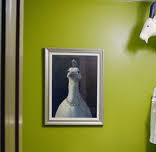 Here’s a wall in the color that I call moss. For me its a slightly muted yellow green – the bright moss that’s sometimes found on the north side of trees.
Here’s a wall in the color that I call moss. For me its a slightly muted yellow green – the bright moss that’s sometimes found on the north side of trees.
What color comes closest to what you think of as “moss?” Here are a few samples. Do other versions come to mind?
The Royal Horticultural Society (RHS) colour charts are an English system for identifying plant and flower colors according to the Munsell system. Specially developed to match nature’s own colors, the sections in the fan decks have holes in them for ease of matching. Each color is assigned an RHS number – more accurate than color names. Check out the colors on the turquoise-green fan deck, or maybe on the brown-gray deck, to see if your version of moss is there. The fans are meant to be used by botanists and horticulturists and its outrageously expensive to get all four. The RHS now offers a mini version – wouldn’t it be grand to have it in the studio!
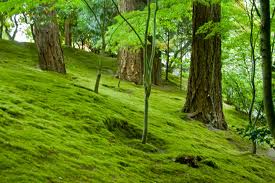
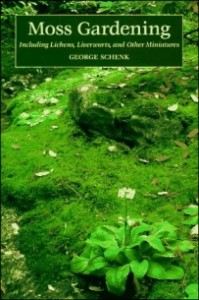
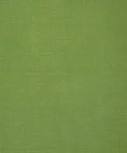
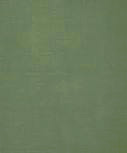
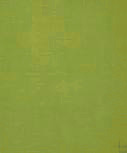

Leave a Reply